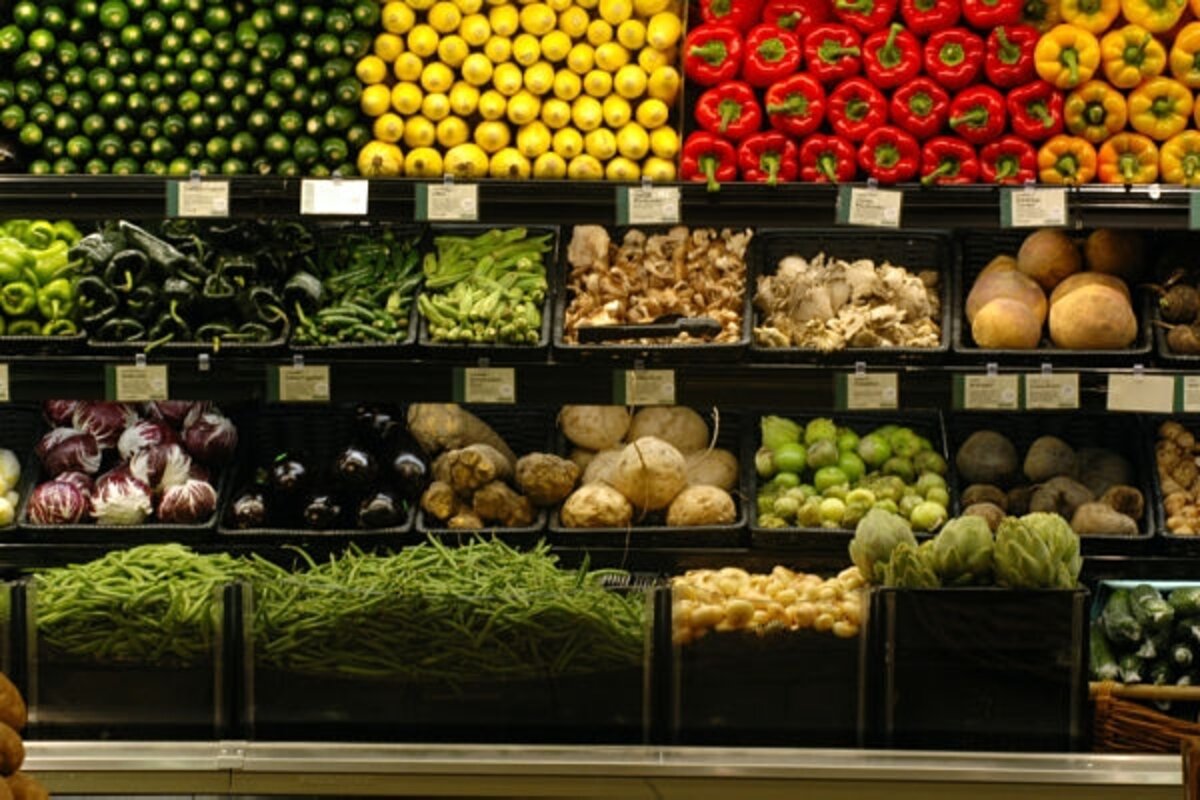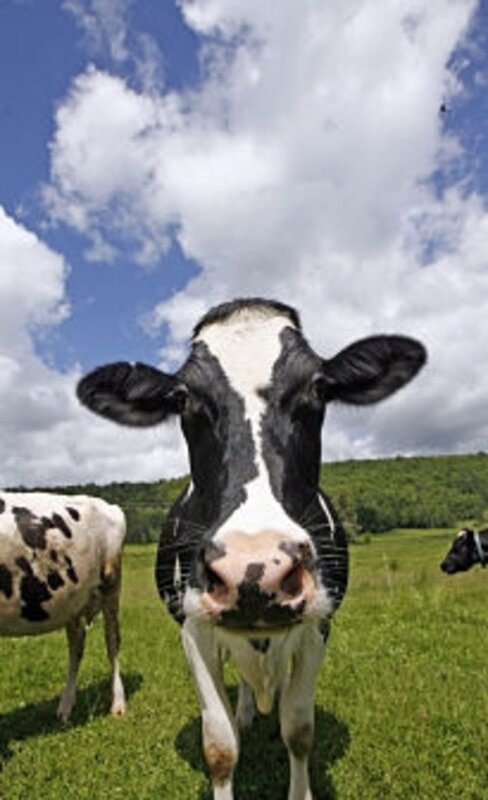Organic’s crunch: Once high-flying firms face three big threats to growth
Loading...
After posting 22 percent growth on record sales last year, Organic Valley Family of Farms entered 2009 with a thud.
The recession played a part. It trimmed demand for premium-priced food. The organic milk market turned from dearth to glut. The LaForge, Wis., company that bills itself as America’s largest cooperative of organic farmers, had to cut its dairy farmers’ output by 7 percent to avoid dropping some farmers or reducing the payments they receive.
But something else is weighing down Organic Valley and the rest of the once high-flying organic-food industry. They face new competition as cheaper “natural” foods gain market share. They’re also battling a blow to their reputation from a British government report disputing the claim that organic products are more nutritious and offer more health benefits than conventionally produced food.
The threats are “the biggest challenges the industry has ever seen,” says Phil Howard, a food-system expert at Michigan State University in East Lansing.
Far from withering on the vine, however, the industry is cutting costs, rolling out new offerings, sending out coupons, and at times reducing prices by selling smaller-sized packages. Those who weather the storm could prosper if they create ever more appealing and healthy foods that can attract a wider audience.
YoBaby Meals, which debuted this year, is one example of the new push. The yogurt includes both fruit and a vegetable purée. It’s “a complete meal in a cup” and enables the company to “reach into the realm of baby food,” says a spokeswoman for Stonyfield Farm.
The Londonderry, N.H., company has also added to its line of Oikos Greek yogurt – “one of the greatest successes we’ve ever had,” says CEO and cofounder Gary Hirshberg – and completely changed its packaging. Now, containers show a photo of a farm that supplies Stonyfield with organic milk. “With all the artificial ingredients around,” the company says on some yogurt lids, “we thought we’d show you one of the real family farms.”
Stonyfield, which grew an average 19 percent a year between 1990 and 2008, has seen sales slow. Even so, “we are growing quite well,” Mr. Hirshberg says, with revenues reaching $335 million this year. Stonyfield has an incentive to keep growing. Groupe Danone of France, which owns 85 percent of the company, lets it operate independently as long as it meets certain (undisclosed) financial goals.
The industry is following a similar pattern. Organic food and beverage sales grew 17 percent in 2007, 12 percent in 2008, and will grow 7 percent this year to almost $22.8 billion, according to a forecast by Nutrition Business Journal.
Until last October, sales at Nature’s Path Organic Foods were soaring at an average 20 to 30 percent a year. While recession has curbed that winning streak, there are some renewed signs of growth for the Canadian company based in Richmond, British Columbia. June sales were 8 percent higher than a year ago, says Arran Stephens, the company’s founder and CEO. Nature’s Path continues to expand.
With 103 products, including 37 ready-to-eat cereals and seven granolas, the $200 million-plus company is rolling out nine new products in this fiscal year. Among them are Optimum Strawberry Yogurt cereal (one of Mr. Stephens’s “new favorites”) and three new gluten-free cereals.
This fall, the company plans a multimillion-dollar advertising and marketing campaign for a top product, Pumpkin Flax Plus Granola. The company will use the Internet, street sampling, radio spots, transit billboards, and, for the first time, TV spots to get the word out.
Eden Foods, based in Clinton, Mich., has already introduced 18 new food items this year. Hit with competition, Eden’s sales of soy milk plunged from a dominant market share early in the decade to roughly 9 percent today. But growth in whole grains and beans sales has more than offset that drop in market share.
“We’re doing fine,” says Michael Potter, owner and cofounder of the $60 million company. “We’ve been around a long time and our company has a solid foundation in every way.”
The recession has slowed growth from the “high teens” two years ago to 3.5 percent in this year’s first six months versus the same period in 2008, he says. Eden has pared marketing and sales outlays about 15 percent in the last two years. Even so, “we’re looking to hire in multiple departments, including sales,” says Mr. Potter.
The industry’s latest challenge comes from the Foods Standards Agency in Britain. It commissioned a report that found “no important differences in the nutrition content, or any additional health benefits, of organic food” over conventional food. The finding undercuts one of the industry’s main claims about the advantages of its products. Various groups have challenged the findings, including the Organic Center in Boulder, Colo. “Using state-of-the-art analytical methods, modern science is clear that organic fruits and vegetables average a 25 percent higher level of nutrients” than comparable conventional foods, says Chuck Benbrook, the center’s chief scientist.
The “natural” food phenomenon also worries many organic industry officials. It’s not just because natural products cost consumers less than government-certified organic food. The move also threatens to equate natural with organic in the minds of consumers, they say.
Early this year, for instance, WhiteWave Foods added a line of natural Silk soy milk to its line of organic products. This summer, WhiteWave (a unit of Dean Foods) broadened its Horizon line of organic products with its first natural offering: Little Blends, a yogurt for toddlers. In August, it began test-marketing Milk Breakers, a six-ounce single serving of natural milk with added protein.
This year, for the first time since at least 2004, sales of “natural” foods and beverages should grow at a faster rate than sales of organic foods, according to Nutrition Business Journal.
The organic industry is fighting back. Organic Valley has been churning out new products, including a 12-pack of single servings of organic milk and a line of Vermont cheddar cheese. This fall, it plans to start rolling out a new pourable yogurt in two flavors.
In September, the company will debut an online calculator that lets consumers see how many chemicals they avoid by using organic versus conventional milk.
“We’re holding on when some other sectors are sinking,” says Theresa Marquez, chief marketing executive for Organic Valley. “Our future is organic.”





